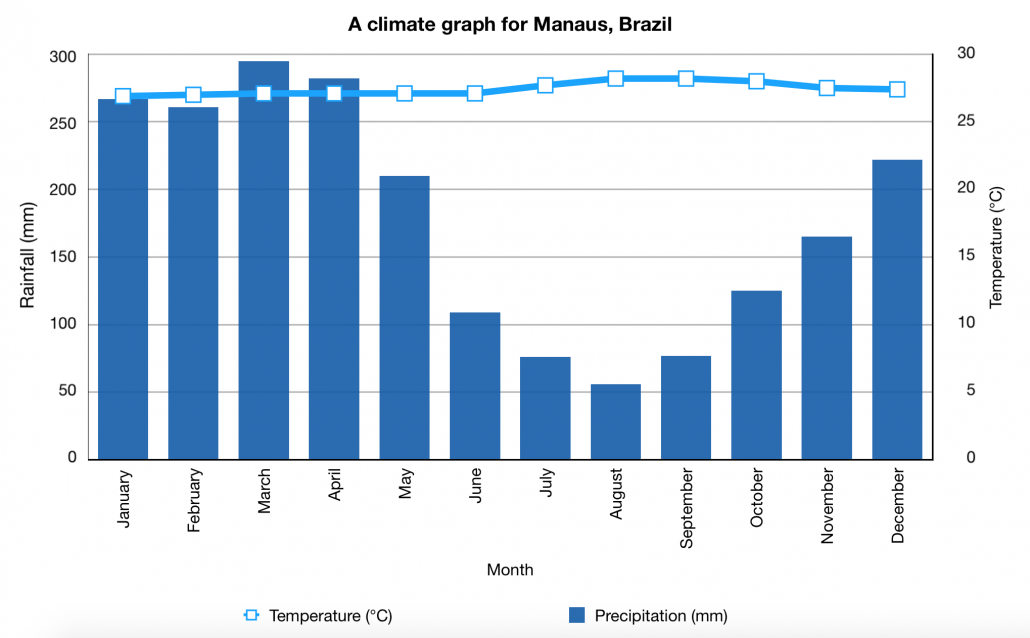These large piles of silt can be found at the mouth of the St. Johns River
What are deltas?
Potential energy transforming into kinetic energy as a roller coaster goes down a hill expresses this Scientific Law
What is the Law of Conservation of Energy?
Order the following terms from least complex to most complex:
Organs, Molecules, Organisms, Atoms, Tissues, Cells, Organ Systems
Atoms, Molecules, Cells, Tissues, Organs, Organ Systems, Organisms
This is the rule that states only 10% of energy is passed from one trophic level to the next.
What is the 10 Rule?
The observations, measurements, and other types of data that people gather to test, and support, and evaluate scientific explanations?
What is empirical evidence?
These spheres are involved when glaciers change from warming
What are cryosphere and hydrosphere?
Describe the three parts of the Cell Theory.
1 - All life is composed of cells
2 - Cells are the basic unit of life
3 - Cells arise from other cells
This is the thing that generally shows direction of energy flow for multiple organisms in an ecosystem and helps to determine how changes in ecosystems will effect the entire ecosystem.
This is an orderly procedure carried out with the goal of verifying, refuting, or establishing the validity of a hypothesis.
What is a scientific experiment?
This tells us the weather conditions in an area over a long period of time
What is climate?
In what three ways do cells maintain homeostasis?
1 - Extracting energy from food (CELLULAR RESPIRATION)
2 - Getting rid of waste
3 - Reproducing (MITOSIS)
These are the things that limit the population in an ecosystem. (Limits the carrying capacity)
What are limiting factors?
This is the process of obtaining information by using the senses
What is observation?
This heat transfer method occurs as warm air rises and displaces cooler air
What is convection?
This force occurs when the moon pulls on Earth's water creating tides
What is gravitational force?
What are the main differences between plant and animal cells?
Plant cells have chloroplasts and cell walls, while animal cells do not.
This is the maximum population allowed in an ecosystem due to different limiting factors.
What is the carrying capacity?
This is defining a problem, forming a hypothesis and making a prediction, then planning an investigation, identifiying variables, collecting and organizing data, interpreting data and analyzing information, and defending conclusions.
What is the scientific method?
What is conduction?
The Law of Universal Gravitation tells us that the amount of gravitation force exerted depends on these two factors
What are mass and distance?
Match the following cell organelles to their functions:
1 - Nucleus
2 - Cell Membrane
3 - Mitochondria
4 - Cell Wall
5 - Chloroplasts
6 - Cytoplasm
7 - Vacuoles
A. Provides energy (cellular respiration)
B. Provides support and protection for plant cells
C. Produces food for plants (photosynthesis)
D. Contains genetic material
E. Jelly-like substance where organelles are found
F. Water storage
G. Allows specific molecules in and out of the cell
1 - D
2 - G
3 - A
4 - B
5 - C
6 - E
7 - F
Name this Biome
What is the tropical rainforest?